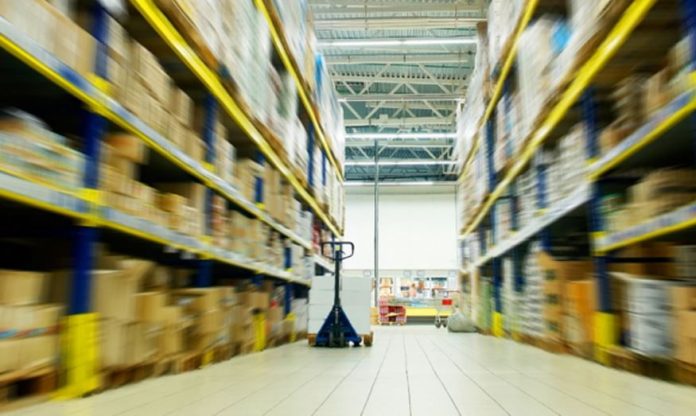5G is set to be a key technology for supply chain optimization given the main features of this technology
Supply chains stand to benefit from 5G technology in many ways, as the real-time flow of information on the whereabouts of goods is key to optimizing operations.
According to Marco Contento, VP of 5G technology at Telit, supply chains that need incoming parts to be highly synchronized will be made more efficient with 5G-powered track and trace technologies. “For example, an automotive factory synchronizing parts delivery from outside can see shipment status and integrate that tracking data into its workflow, allowing production lines to be configured to manufacture parts, assemblies and subassemblies in a manner optimized with real-time component arrival information,” he said. “Low-latency 5G connectivity also enables vehicle-to-vehicle communication, optimizing supply chains that rely on autonomous trucks and robots.”
According to U.S. carrier Verizon, 5G could help improve visibility in supply chains and prevent inventory shrink as well as provide more accurate product location using near real-time data.
5G technology could enable improved product tracking
The telco noted that the low latency and faster throughput of 5G could enable improved product tracking. “Capturing near real-time data throughout the supply chain from manufacturing to delivery could help increase agility and responsiveness to demand trends,” Verizon said.
“Tracking end-to-end supply chain data in near real time requires massive throughput, low latency and the ability to support mobile devices and sensors at scale, which 5G can support,” the telco added.
“At the factory, products with 5G-enabled IoT tracking sensors get placed on a truck. Because of 5G’s ability to support mobile devices at scale, it can be possible to accurately track an organization’s full supply chain. If there is a delay along the route, a manager could check in and see the exact location, temperature or other environmental factors of products in near real time,” Verizon said.
The telco highlighted that 5G’s ability to transmit large data volumes fast with low lag could help supply chain managers measure factors critical to their product quality from tracking sensors. Complementing 5G with other emerging technologies could further increase supply chain visibility and planning. “5G combined with artificial intelligence and machine learning could more accurately predict the ETA of when products in transit will deliver to customers”, the telco added.
According to Vodafone, 5G technology can improve the tracking and visibility of shipments. “5G solutions can allow automated, robotic offloading of goods at docks to improve productivity. It can track products throughout the supply chain, and continuously share data, enabling processes to be constantly improved to meet customer needs. It can even support delivery route optimization, tracking items to avoid losses and deliver continuous updates on shipment status,” the UK operator said.
For more 5G manufacturing content, check out the following:
- What is 5G manufacturing and what does it mean for productivity?
- Top 5 5G manufacturing use cases
- Three 5G manufacturing case studies: Audi, Haier, Bosch
- What’s the role of a digital twin in smart manufacturing?
- 5G manufacturing use case spotlight: Automated guided vehicles
- 5G manufacturing use case spotlight: Real-time video analytic
- How to improve Overall Equipment Effectiveness with 5G
- 5G manufacturing use case spotlight: Additive manufacturing
- What is lean manufacturing and how can 5G help?
- Top 5 5G manufacturing use cases
- What’s the role of AI in 5G manufacturing?
- What is a digital thread and what does it mean for manufacturers?
- What’s the role of edge computing in 5G manufacturing?
- 5G manufacturing use case spotlight: Industrial automation
- 5G manufacturing use case spotlight: Troubleshooting using a digital twin
- How can 5G enable industrial IoT manufacturing implementations?
- 5G manufacturing use case spotlight: AR remote assistance
- Do industrial IoT manufacturing implementations need 5G?

